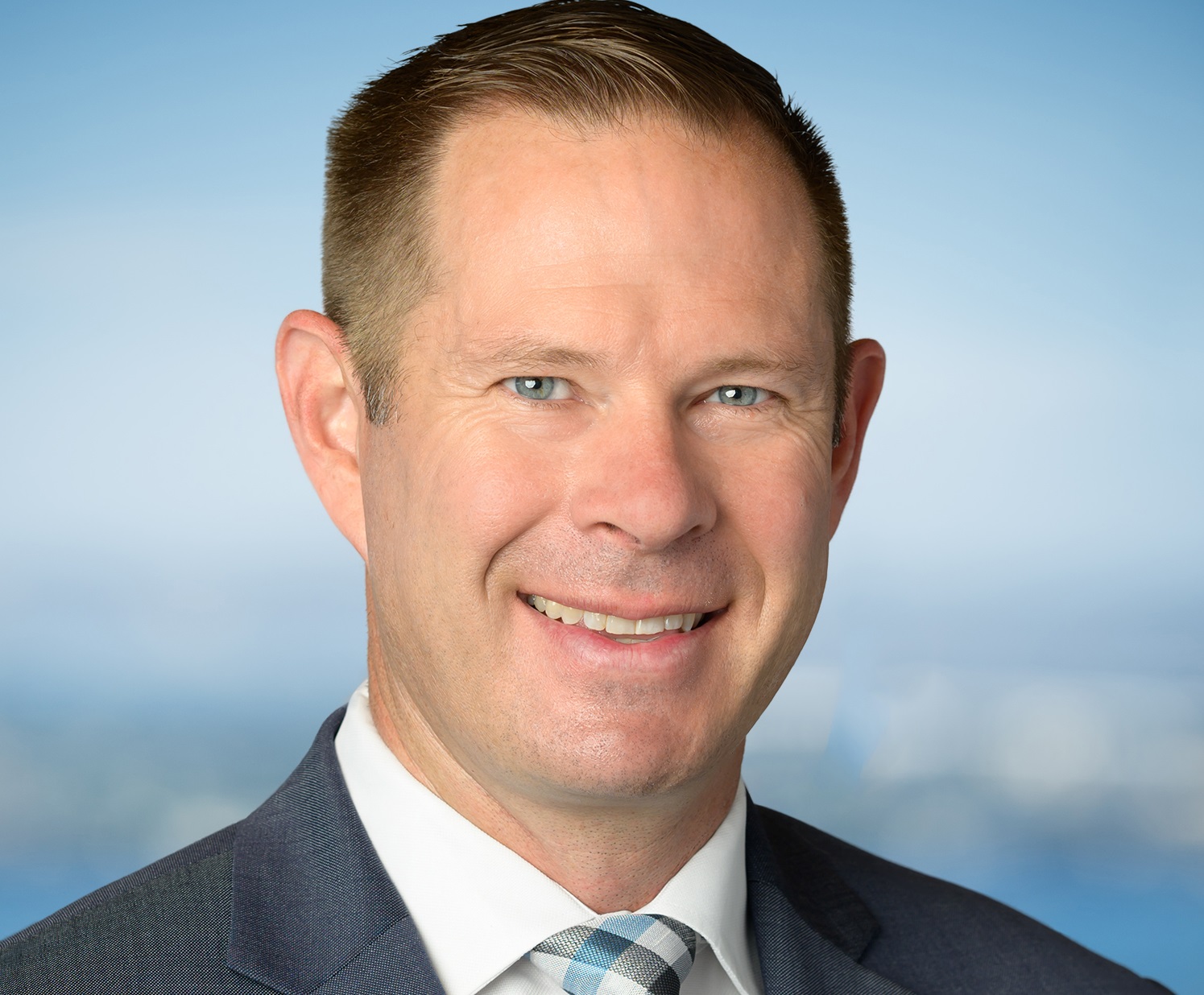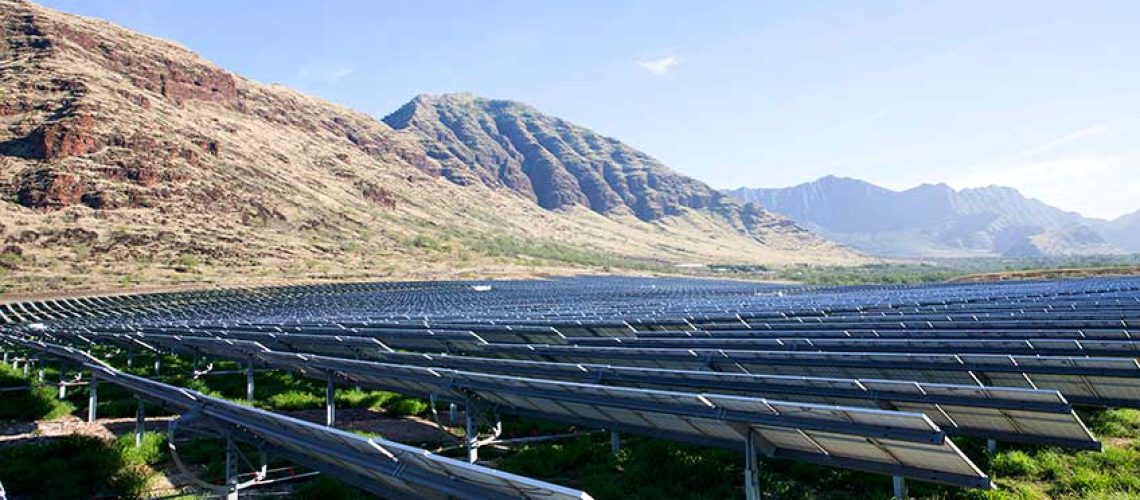Keeping the grid stable is priority number one for grid operators, and over the past century, various technologies and strategies have emerged and been implemented to assist with load management, frequency regulation, and black start capability, among others. Most of these solutions are designed to work with a grid characterized by high inertia provided by spinning generators. However, as solar PV and other inverter-based power generation resources increase in number on the grid, they often displace spinning generators, the source of high inertia, leaving grid operators who have small and islanded systems to manage low-inertia grids with tools designed for high-inertia grids. This doesn’t work.
One big problem for island systems with low inertia is that the rate of change of frequency (RoCoF) is faster on a low-inertia grid than on a high-inertia one. This means that the response rate to correct a frequency deviation must occur within milliseconds on a low-inertia grid, whereas a high-inertia grid can rely on that inertia to carry it through the first five to ten-second period before needing to rebalance. Traditional frequency regulation methods such as generator and load-shedding responses are simply not fast enough for low-inertia grids.
The solid lines on this graph depict the dropping frequency on low, medium and high inertia systems. As is demonstrated by the steep drop of the yellow (low inertia) line, the frequency drops much more rapidly on a low inertia system than on a high inertia (red line) system.
To combat this problem, low-inertia grid operators turn to traditional solutions, such as increasing the number of fossil-fuel spinning generators to compensate for the drop in system inertia. Then, because they need to keep the additional generator running so it is ready to respond to such an event, and this generator is producing electricity, the operators resort to curtailing the renewable energy generated by their inverter-based resources because they now have an excess of power supply. In addition to wasting generated renewable energy, this approach creates a vicious cycle that adds unnecessary redundancy, expense, and runs counter to environmental and sustainability initiatives.
Solving the inertia deficit
It may seem counterintuitive to operators who are familiar with traditional grid management methods, but the key to stabilizing the destabilizing effects of more renewables on the grid is—more renewables. And the key to managing more renewables is—software in the form of a high-speed, precise controller. The renewables can make up for the lost inertia by offering synthetic inertia in the form of rapid or fast frequency response, and the controller is the brains behind detecting grid disturbances and ensuring the inverter-based resources are dispatched within milliseconds to rebalance any deviations.
A critical part of this approach is to integrate a battery energy storage system (BESS). The BESS behaves as a shock absorber capable of absorbing or releasing power from/onto the grid to compensate for changes in production, load, or frequency. When a BESS is paired with a sophisticated high-speed controller, the BESS can be called upon to perform additional grid management functions, increasing its own return on investment. These additional BESS functions include:
- Energy shifting: Absorbing excess solar PV power during periods of high production and dispatching it during low production times. This reduces the need for curtailments, captures generated power that would otherwise be lost, and augments the ability to respond to demand spikes.
- Ramp control: Solar PV production is intermittent and can be highly variable during weather events when cloud cover can cause rapid peaks and valleys in power output. A BESS can absorb those peaks and bump up the valleys to smooth and stabilize power output.
- Frequency regulation: Providing fast frequency response to address the steep RoCoF on low-inertia grids is a snap as BESS power can be instantly dispatched to address a frequency deviation.
It takes a multi-level, high-speed controller to manage all these use cases in a single battery. The controller needs to be able to generate a plan in advance that factors in anticipated grid load requirements and be able to adapt that plan in response to current events. Without the kind of parallel processing capability that can learn, plan, triage, and command, the BESS might be full when it needs to absorb and drained when it needs to dispatch. Of course, it’s possible to have dedicated BESS units for each use case but given the amount of downtime that the BESS is idling in between use cases, it makes more sense to pack all the use cases into one. This saves capital costs and helps in instances where there may be physical constraints that prevent multiple BESS units from being installed.
So far, we’ve revealed that the ‘secret’ to keeping a highly renewable grid stable is to integrate a BESS + multi-level, high-speed controller onto the grid. But what about inverters, where do those come in?
What is a multi-level, high-speed controller?
Microgrid controllers come in all shapes and sizes but escalate in complexity as the number of managed resources increases. A controller that manages a single generator is not very sophisticated and can be considered a single-level controller. Once energy storage, renewables, and traditional generating units are thrown into the mix, the microgrid’s configuration requires a multi-level controller. Adding load management, forecasting, and dispatching for economic benefit raises the complexity levels even more, as does layering several controllers in primary and subordinate configurations. Each additional generation resource and control configuration is considered a level, thus requiring a multi-level controller.
Popular content

Will grid-forming inverters help?
When it comes to tools made for the 21st-century grid, grid-forming inverters show a lot of promise. Unlike grid-following ones, grid-forming inverters don’t require a fully functioning grid to “follow” to determine their own set points. This makes them great for managing inverter-based resources on low-inertia grids.
Popular content

When paired with renewable resources like solar PV or a BESS, grid-forming inverters can help with grid support services such as black start and frequency management. However, there are some services they can’t assist with, and worse, when multiple grid-forming inverters are configured on a grid, they can compete with one another to try to re-stabilize the grid after a disturbance, which results in more destabilization. So, they can’t offer a full solution to low-inertia grid woes.
What the inverters need is something in charge of all of them. That’s where the multi-level controller comes in again. A multi-level, high-speed controller establishes and enforces a control hierarchy over all the grid’s energy resources, empowering each resource to contribute when and as needed, as directed by the controller. It can work with both grid-forming and –following inverters and integrate with the grid’s existing resources. Plus, if it is both network- and equipment-aware, the controller will ensure operations remain within the system’s constraints.
With visibility over the entire grid and its resources, the multi-level controller can take a holistic approach and make real-time decisions that take the grid’s limitations and the operator’s priorities into account. That leads to fewer outages and more rapid restorations when unavoidable outages occur.
Islands wishing to reduce their reliance on fossil fuel power generation need to let go of traditional grid management methods and embrace the tools of the 21st-century grid. Solar PV, wind generation, high-speed inverters, and BESSs are all part of the new technology mix, and when combined with a multi-level, high-speed controller, have been proven in real-world island environments.

Tim Allen, CEO of PXiSE Energy Solutions, brings more than 22 years of experience across utility-scale solar, wind and energy storage projects, software controls, investor-owned utility, independent power producer and pure developer realms. His unique set of skills, beginning with an Electrical Engineering degree from CalPoly offers seasoned perspectives and relationships that position him to lead PXiSE into the future.



